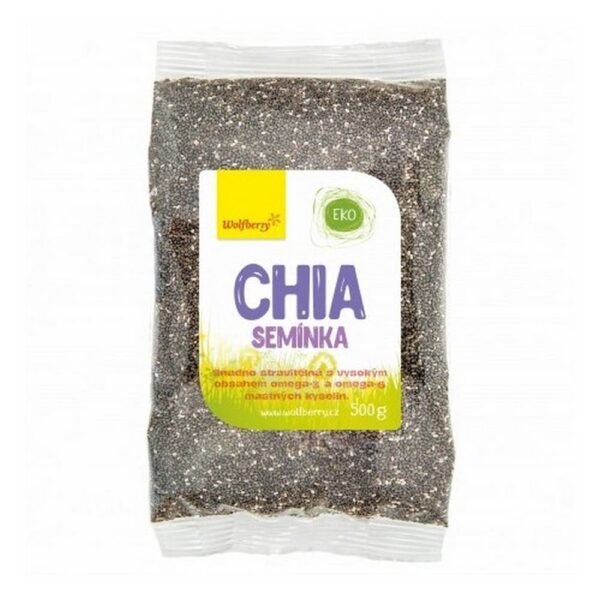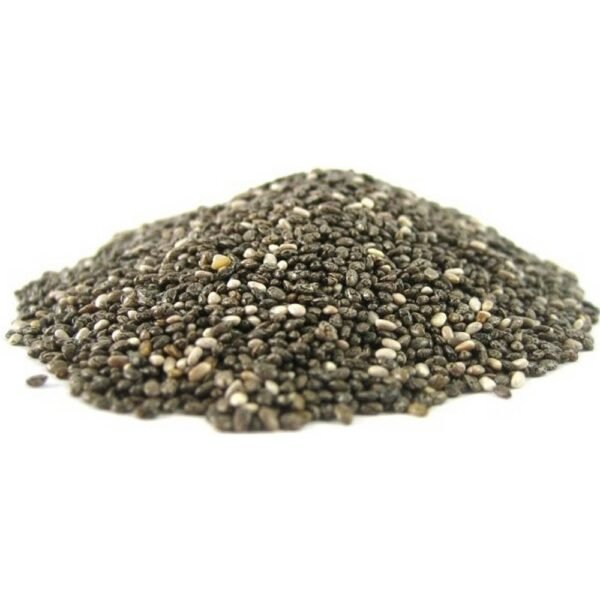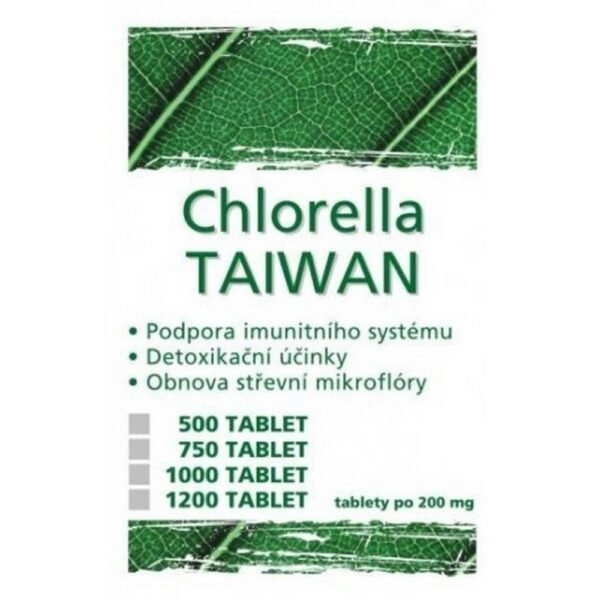VITO LIFE – MACA, 100
€15.89
The Peruvian cress or maca is a plant of the genus Watercress, which deviates a bit from the line of this genus by having a bulb instead of the root.
The Peruvian cress or maca is a plant of the genus Watercress, which deviates a bit from the line of this genus by having a bulb instead of the root. It is a very old plant, the origin of which we would look for only in the South American Peruvian Andes, where, according to certain archaeological findings, it was grown long before the Inca Empire. It was then widely used in Peruvian medicine, for example in the treatment of anemia, tuberculosis or menstrual disorders.
Maca has a rich nutritional value, comparable to rice, wheat or corn, for example. It contains, for example, such important and beneficial substances for our body as carbohydrates, proteins, fiber, fatty acids, vitamins B and C, trace elements such as calcium, phosphorus, zinc, iodine, potassium, iron, or also alkaloids, tannins and saponins.
Rericha peruanska neboli maca je rostlina z rodu rericha, ktera tak trochu vybocuje z rady tohoto rodu tim, ze ma misto korene bulvu. Je to velice stara rostlina, jejiz puvod bychom hledali az v jihoamerickych peruanskych Andach, kde byla podle urcitych archeologickych nalezu pestovana jeste dlouhou dobu pred vznikem Incke rise. V peruanskem lecitelstvi byla potom hojne vyuzivana, napriklad pri lecbe anemie, tuberkulozy ci menstruacnich poruch.
Maca ma bohatou vyzivovou hodnotu, srovnatelnou napriklad s ryzi, psenici ci kukurici. Obsahuje napriklad takove dulezite a pro nase telo prospesne latky, jako jsou sacharidy, bilkoviny, vlaknina, mastne kyseliny, vitamin B a C, stopove prvky, jako napriklad vapnik, fosfor, zinek, jod, draslik, zelezo, nebo take alkaloidy, trisloviny a saponiny.
| Weight | 0.5 kg |
|---|---|
| Producing country | |
| Manufacturer |
Vito life |
| Dosage form | |
| Usage |









 For Kids
For Kids











